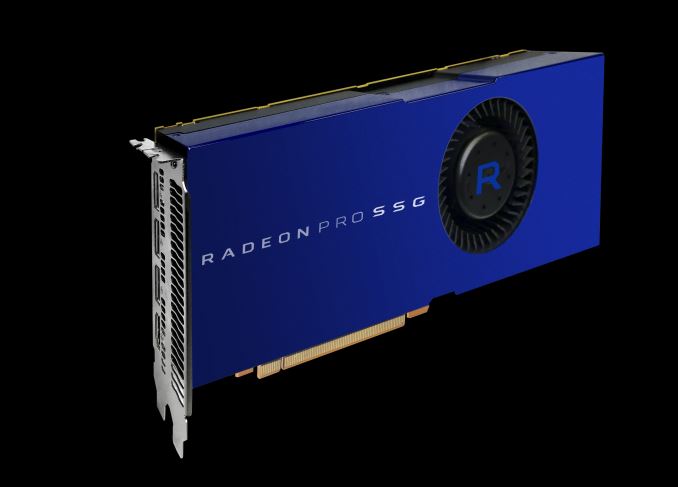This seems to be used as a means of permanent storage directly on the graphics card, so it has to be programmed for, but once it has the advantage is really the permanent and large size compared to RAM (and the fact that is local obviously).
So, if you're working with a very large dataset it will still take as much time as before to load onto the GPU, but once it has been loaded once, it will be available again for future uses, so for the next time loading times for that particular program will be much faster. This is mainly of interest to the scientific and professional graphics community I believe.
As for concerns about p/e cycles there's nothing to worry about, since the graphics card won't actually come with the SSDs. You'll have to provide these yourself, and from what I've read they are housed in some kind of module that plugs in to the card somehow, which means they're replaceable. The only thing that separates this card from any other regular graphics card is just the built-in M.2 interface, and I'm guessing that Polaris already includes support for this type of thing.
So, if you're working with a very large dataset it will still take as much time as before to load onto the GPU, but once it has been loaded once, it will be available again for future uses, so for the next time loading times for that particular program will be much faster. This is mainly of interest to the scientific and professional graphics community I believe.
As for concerns about p/e cycles there's nothing to worry about, since the graphics card won't actually come with the SSDs. You'll have to provide these yourself, and from what I've read they are housed in some kind of module that plugs in to the card somehow, which means they're replaceable. The only thing that separates this card from any other regular graphics card is just the built-in M.2 interface, and I'm guessing that Polaris already includes support for this type of thing.






Comment